Online food branding has gradually become a fundamental aspect of every prosperous food business in this digital world. Due to the increasing popularity of e-commerce and social networking sites, brands have never had a better chance to reach out to their audience and make themselves unique in the market. It is, therefore, presented how successful online food branding strategies will differentiate your brand from the rest.
The Importance of Online Food Branding
Online food branding is significant for a variety of reasons:
- Increased visibility: The more robust your online presence, the more likely you are to get noticed.
- Brand recall: Consistency in branding on digital media channels increases the recall of the brand
- Engagement with customers: Online channels give you an opportunity to talk directly to customers
- Competitive advantage: Good branding could act as a difference maker in a saturated market with many similar products.

Key Ingredients to Successful Online Food Branding
1. Compelling Visual Identity
A strong visual identity shines bright in the digital space. For the front end, this involves:
- Logo creation: Design a memorable logo that is recognizable on any given digital platform.
- Color palette: Select colors that epitomize the personality of your brand and appeal to your target audience.
- Typography: Select readable fonts that align with your brand image.
2. Consistent Brand Voice
Creating a distinct and successful brand voice will actually allow your brand experience to be consistent across digital touchpoints. Consider the following:
- Tone: Formal, casual, humorous, or authoritative?
- Language: Words you use that strike a chord with your audience.
- Storytelling: Developing an interesting brand story that will uplift consumers emotionally.
3. Engaging Content Strategy
Content may be king in the virtual world. A great content strategy can make or break your brand.
- Educate the consumers about your product and its benefits
- Entertain them and have them coming back for more
- Inspire customers with new recipes or ways of cooking
- Present behind-the-scenes content and the case of building company values toward trust.
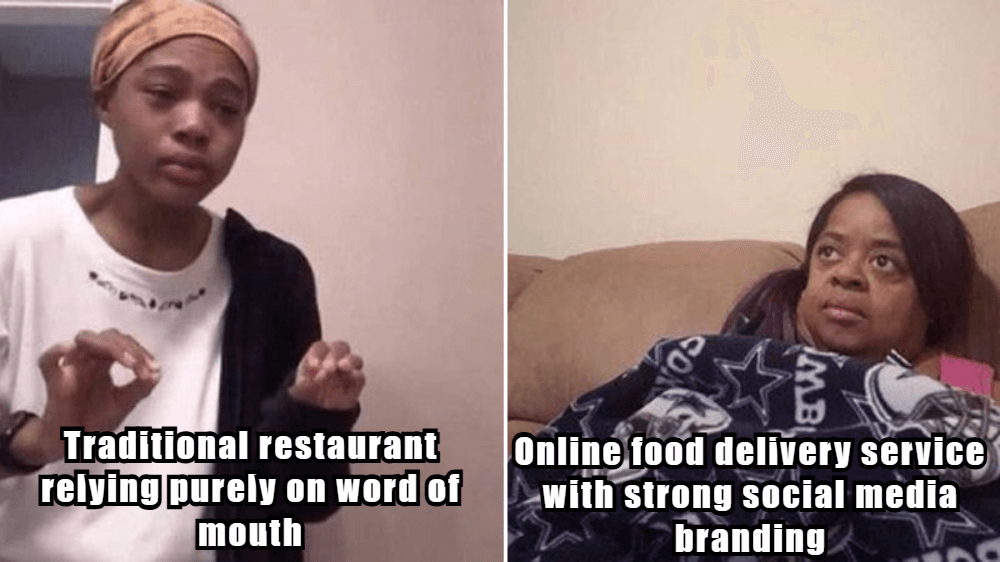
Online Food Branding Strategy
1. Leveraging Social Media Platforms
Social media is one of the very effective channels that a food brand can use to communicate with its audience directly. The effective wielding of social media by a food brand requires thought and skill as well since its use can be very unpredictable as a medium. There are the following plans for using social media with a food brand:
- Choosing platforms: Select the most suitable platforms for your target audience, like using Instagram for picture-based content, TikTok for video-based content
- Calendar of content: Decide on a consistent post schedule to maintain the platform
- User-generated content: Encourage sharing of photos and reviews from your customers about your products
- Influencer Marketing: Food blogger and influencer tie-ups may raise visibility.
2. Optimize Your Website
At such a location, the website will often be the first point of contact between your brand and a customer. Ensure then that it gives an excellent impression in the following ways:
- Responsive design: your site should be able to be viewed as well as accessed on any device
- Clear navigation to your site, making sure it’s easy for visitors to find information about your products and brand
- High-quality visuals: Professional food photography will shine out from your site.
- SEO optimization: Using appropriate search engine optimization techniques so that your website is found at the top of the search results.
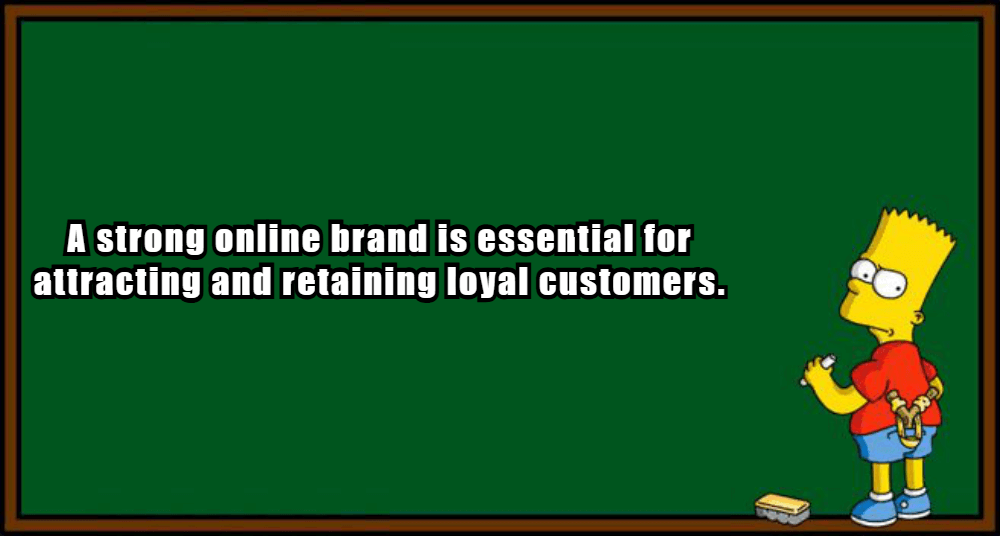
3. Email Marketing
Even though email marketing has been around for years, it is still one of the best ways to maintain customer relationships and generate sales. Let’s consider some strategies:
- Personalization: The message should be personalized according to the customer’s preferences and history of purchases.
- Segmentation: Your mailing list should be divided into a specific group so that you can find it easy to target it.
- Automation: Welcome emails, reminders about abandoned carts, and post-purchase follow-ups can all be automated.
4. Utilize Video Marketing
Video content is the newest trend and will really bring your brand to life. Think through these video marketing ideas:
- Recipe tutorials: Show people how they can use your product in scrumptious recipes.
- Behind-the-scenes content: Give customers a peek into what happens in the production process or company culture.
- Product launches: Build on the newness of recently released products using teaser videos.
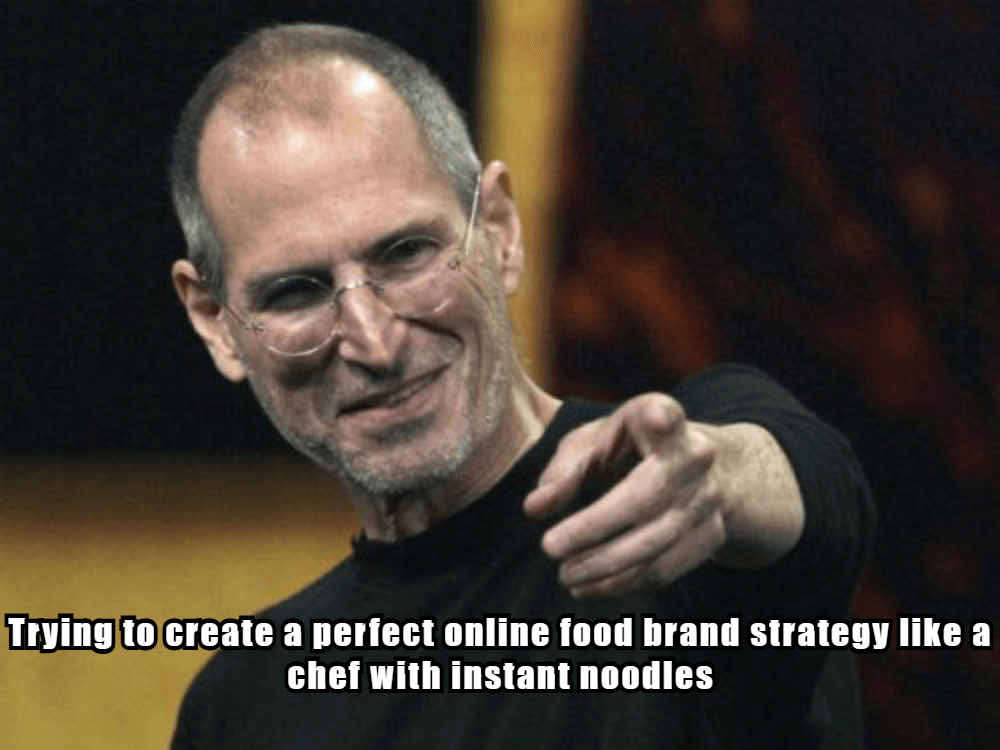
5. Utilize User-Generated Content
Encourage your customers to create and share content involving your product. The tactic:
- Builds trust through genuine word-of-mouth
- A continuous feed of new material
- Increases participation and brand loyalty
6. Interactive Experience
Connect with your followers by creating interactive web experiences like:
- Quizzes: Design entertaining quizzes related to preference or nutrition facts
- Virtual tastings: Organize online tasting events for the launch of the new product
- Contests: Give away products for free on social media to increase a brand’s awareness
Case Studies: Successful Online Food Branding
Chobani
The company has used social media to promote a solid brand image. Instagram is filled with:
- Vibrant food photography
- User-generated content from committed fans
- Inside looks at their production line
It will allow Chobani to be a lifestyle brand rather than just a yogurt company.
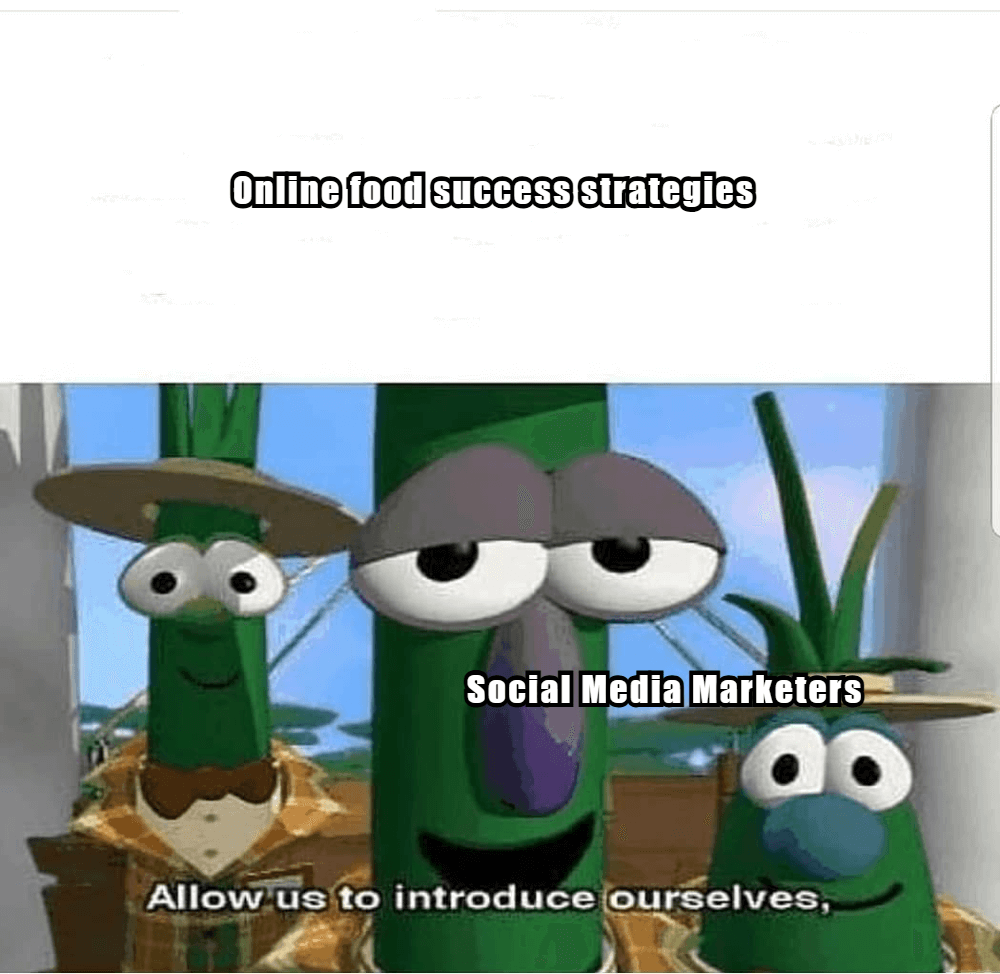
HelloFresh
HelloFresh has also done a good job with content marketing, including its:
- Blog offering recipes, how-to-cook tutorials, and nutrition advice
- YouTube channels with fun, entertaining videos for meal prep
- Dedicated campaigns via email marketing through preference
These approaches have made HelloFresh an admired provider of ideas and convenience in preparing food.
How to Measure the Effectiveness of Your Online Food Branding
To find out if your online branding is working as it should keep track of the following KPIs:
KPI |
Description |
| Website Traffic | Number of visitors to your website |
| Social media engagement | Likes, comments, shares, and followers |
| Email open and click-through rates | Percentage of recipients who open and interact with your emails |
| Conversion rate | Percentage of website visitors who make a purchase |
| Brand mentions | Number of times your brand is mentioned online |
Regularly analyze these metrics to refine your strategies and improve your online branding efforts.
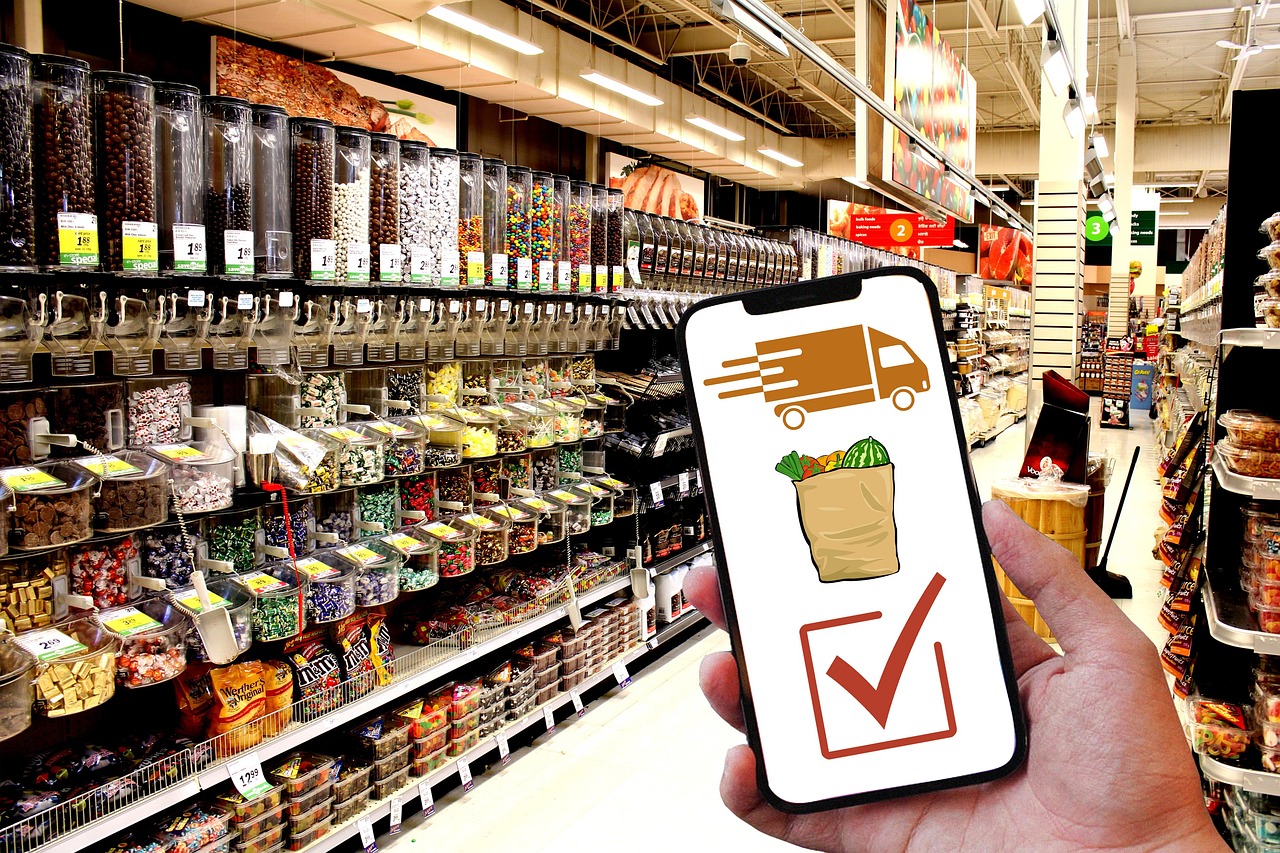
Conclusion
Effective online food branding can make customers remember your brand in the digital marketplace, but only with a great visual identity, brand voice, and engaging content across multiple online platforms. Analyze and refine performance metrics and consumer feedback to stay ahead of others.
FAQs
1. How often should I post on social media?
Strive for consistency rather than frequency. Begin with 3-5 posts in a week. Monitor engagement and adjust your pace accordingly.
2. Do you really need to be everywhere, on every social media platform?
Focus on the platforms where your target audience is most active and also where content performs best.
3. How can I encourage more user-generated content?
Create branded hashtags, run contests, feature customer content on your social media accounts-it incentivizes participation.
4. What role should video content play in food branding?
Video content has become vitally important because the product is now seen in action, creating a more immersive brand experience.
5. How do I make my brand stand out against the noise?
A: Concentrate on your unique selling proposition; tell your story for real; and consistently deliver value to your customers in video through interesting content and quality products.

